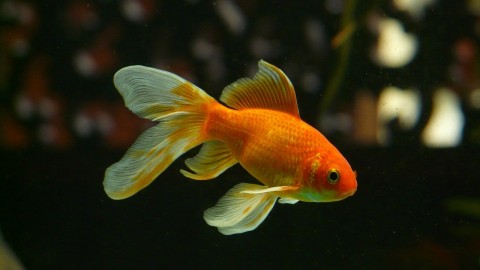Knowledge, Information and Experience
What is clay? Is it simply dirt? Well, yes and no. “Dirt” covers a lot of ground, so to speak. We can break dirt into several sections: topsoil, clay, inelastic earth, and rock. Topsoil contains a lot of organic material, which makes it good for growing plants. Clays and inelastic earths are the results of decomposing rocks, in which the particle size is extremely small.
Pottery is the ceramic material which makes up pottery wares, of which major types include earthenware, stoneware and porcelain. The place where such wares are made by a potter is also called a pottery. All fired ceramic wares that contain clay when formed, except technical, structural, and refractory products.
Pottery is one of the oldest human inventions, discovered in the Czech Republic date back to 29,000–25,000 BC, and pottery vessels that were discovered in Jiangxi, China, which date back to 18,000 BC.
Pottery is made by forming a ceramic (often clay) body into objects of a required shape and heating them to high temperatures in a kiln which removes all the water from the clay, which induces reactions that lead to permanent changes including increasing their strength and hardening and setting their shape. A clay body can be decorated before or after firing; however, prior to some shaping processes, clay must be prepared.
Soil health is a state of a soil meeting its range of ecosystem functions as appropriate to its environment.
The term soil health is used to describe the state of a soil in:
1. Sustaining plant and animal productivity and biodiversity (Soil biodiversity).
2. Maintaining or enhance water and air quality.
3. Supporting human health and habitation.
Six key soil functions are:
1. Food and other biomass production.
2. Environmental Interaction: storage, filtering, and transformation.
3. Biological habitat and gene pool.
4. Source of raw materials.
5. Physical and cultural heritage.
6. Platform for man-made structures: buildings, highways.











